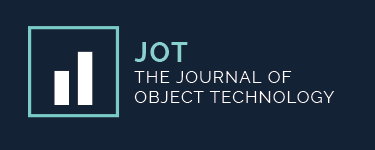User Modeling in Model-Driven Engineering: A Systematic Literature Review
By: Aaron Conrardy, Jordi Cabot, Alfredo Capozucca
Abstract
In software applications, user models can be used to specify the profile of the typical users of the application, including personality traits, preferences, skills, etc. In theory, this would enable an adaptive application behavior that could lead to a better user experience. Nevertheless, user models do not seem to be part of standard modeling languages nor common in current model-driven engineering (MDE) approaches. In this paper, we conduct a systematic literature review to analyze existing proposals for user modeling in MDE and identify their limitations. The results showcase that there is a lack of a unified and complete user modeling perspective. Instead, we observe a lot of fragmented and partial proposals considering only simple user dimensions and with lack of proper tool support. This limits the implementation of richer user interfaces able to better support the user-specific needs. Therefore, we hope this analysis triggers a discussion on the importance of user mdels and their inclusion in MDE pipelines. Especially in a context where, thanks to the rise of AI techniques, personalization, based on a rich number of user dimensions, is becoming more and more of a possibility.
Keywords
User model, User modeling, Model-driven engineering, Low-code, Systematic literature review.
Cite as:
Aaron Conrardy, Jordi Cabot, Alfredo Capozucca, “User Modeling in Model-Driven Engineering: A Systematic Literature Review”, Journal of Object Technology, Volume 24, no. 2 (May 2025), pp. 2:1-14, doi:10.5381/jot.2025.24.2.a12.
PDF | DOI | BiBTeX | Tweet this | Post to CiteULike | Share on LinkedIn
